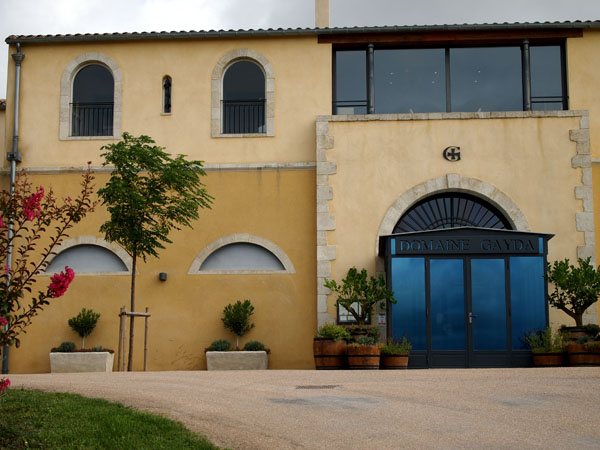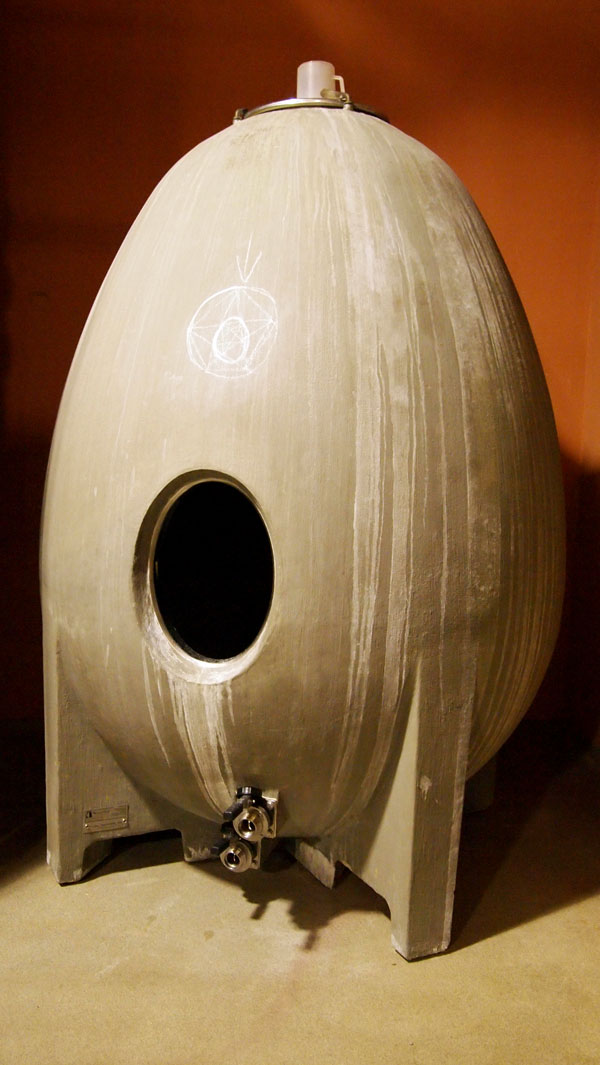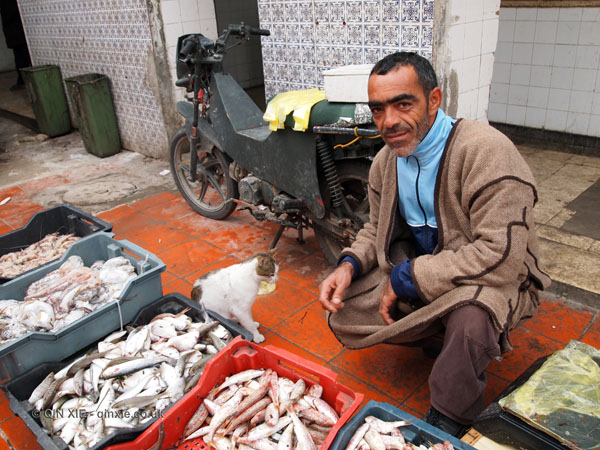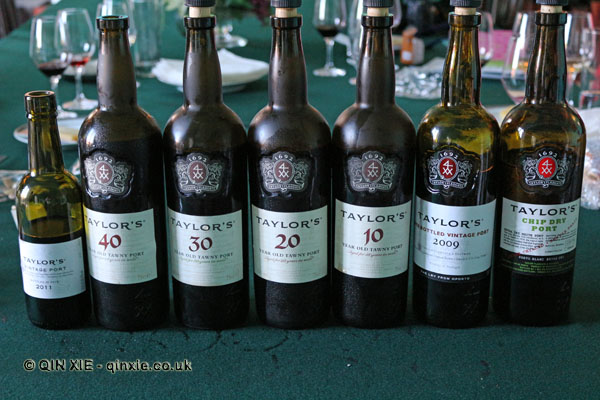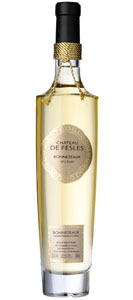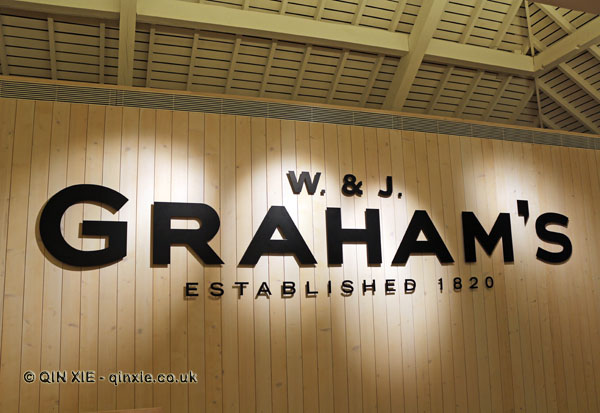Domaine Gayda, Brugairolles
This is a post in the Spotlight on: Languedoc-Roussillon series
Domaine Gayda is very well known in the UK. At least I’ve tried various vintages on several occasions, written about it and recommended it.
I also say it’s well known because according to the rather eccentric English owner, Tim Jones, majority of the visitors to Domaine Gayda are English speaking.
That is not to say that the wines are any less French. In fact, Jones’ philosophy is all about making terroir driven wines and accommodating the seasonal fluctuations with great blends. That said, like many of the producers in the Languedoc-Roussillon who are looking to make something different, his inspiration comes from the New World.
In the case of Jones, that place is South Africa.
A horticulturalist by trade and one-time safari guide in Kenya for Abercrombie & Kent, Jones has maintained his Africa connections through winemaking. Each year, winemakers from South Africa visit Domaine Gayda for a season to learn about wines in the region and vice versa.
Even after 10 years at Domaine Gayda, the innovations and experimentations haven’t stopped. Having recently acquired the hip and trendy “concrete egg”, Jones is also building a separate winery for white wines. The estate is incredibly developed in terms of tourism too, with holiday accommodation on site, restaurant and a rather serious wine school with courses run by Matthew Stubbs in the summer.
I was very excited about visiting Domaine Gayda, not only because I already knew and loved the wines, but also because my friend and flying winemaker Nayan Gowda was at Domaine Gayda for a season. Unfortunately I couldn’t taste anything made by him as, at the time of my visit, the grapes had yet to fully ripen, but the selection was interesting to taste nonetheless.
Starting with the Pays d’Oc whites, the Cépage Viognier 2012 didn’t have as much of the floral punch as might be expected but there’s certainly plenty of minerality and body of citrus and stone fruits to get to grips with. The Cépage Chardonnay 2012 had a slight spice on the nose with hints of pear drops.
The Figue Libre Freestyle Blanc 2012, the first vintage that’s certified organic, with its delicate nose and little distinguishing features, was actually the least impressive for me out of the whites.
In contrast, the Figue Libre Freestyle Rouge 2011 had a great nose of blackcurrant with well balanced acidity and tannins. The Figue Libre Cabernet Franc 2011, the vintage I had previously recommended, had an equally fruity nose but underpinned by herbaceousness.
Moving a little up-market, the difference was noticeble. The Chemin de Moscou 2011 had vibrant fruit, velvety tannins and much more complexity.
Finishing off is a golden Sélection Chenin Blanc Vendange Tardive 2010 that sang of delicious apricots with a floral nose and great body. It may not compare in complexity against, say, a great Sauternes, but then few things do.
